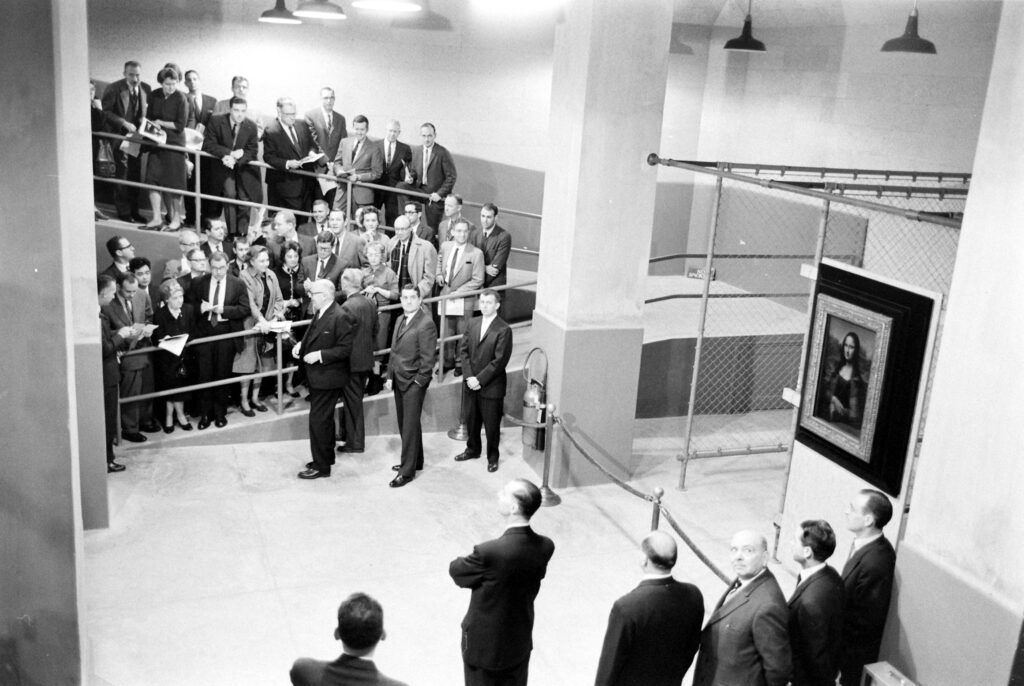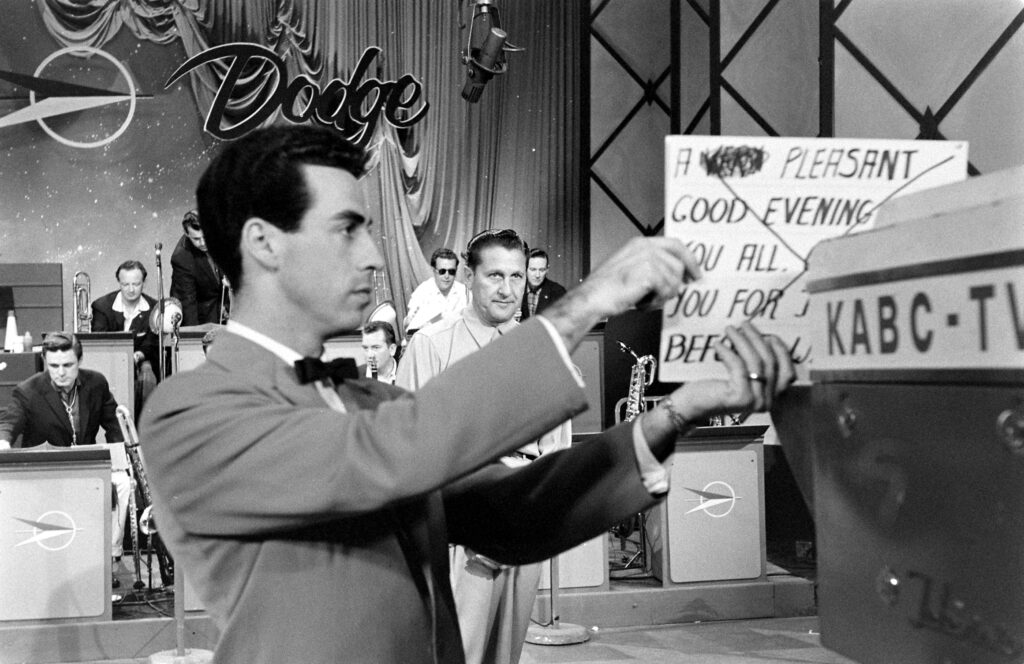The new Max series The Synanon Fix captures the rise and fall of an organization that began as an well-regarded treatment program for addicts and ended up turning into something more sinister. The full title of the show, which is a documentary, poses the question, “Did the cure become a cult?”
The names of Synanon and its founder, Charles E. Dederich, may be unfamiliar to most people today—the group, which was founded in 1958, disbanded in 1991. But for a time it was a big deal, because people saw Synanon as a revolutionary way of dealing with a scourge that was on the rise. In 1962 LIFE ran a story on Synanon that was fairly glowing, with the headline declaring that the program offered addicts “a tunnel back to the human race,” and the story said “both doctors and narcotics experts look at Synanon as en exciting, practical approach, and even skeptical federal narcotics officers see promise in it.” The pictures from LIFE’s Grey Villet focussed on the anguish of addicts as they sought to get their lives back.
Dederich’s program featured a technique called the Synanon Game, which was an extreme version of group therapy. LIFE described it as “a dozen or so persons seated in a circle, telling the truth about each other, interrelating. Verbally, anything goes and the games are sometimes brutal, although never physically violent.”
Over the years Synanon evolved from a therapy into a way of life, with many adherents living on the Synanon compounds. When LIFE returned for a major profile of Dederich in 1969, the founder was more at the center of the story, which featured photographs from Ralph Crane and Fred Lyon. Dederich was by then already a polarizing figure. Here’s how that story opened:
A madman with delusions of grandeur. A saint. An opportunist. A brilliant executive. Latter-day Socrates. Loud, arrogant egotist. Hilarious comic. An earthquake. A herd of one elephant. Charles E. Dederich has been called all that, and more.
And again, that was before things really started to go sour, which they would, especially in the 1970s, after LIFE had ended its original run. A passage from a history of Synanon which appeared in TIME in advance of the Max series shows how disturbing the world of Synanon became in its later years:
As Synanon’s eccentric leader Dederich started to decline, so did the organization. He began drinking again after his wife died in 1977 and remarried soon after. Then, he decided everyone in Synanon would also benefit from remarrying, and called for wife-swapping. Suddenly, men and women who were married to one another at Synanon were divorcing and marrying different people affiliated with the organization.
After encouraging people to raise families at Synanon, he called for residents to be childless. Men started to get vasectomies, like Mike Gimbel, who credits Synanon for getting him clean and worked for the organization in the 1970s. He says in the series that he was in love with his wife, but they decided to separate when Dederich called for wife-swapping. When she got pregnant, she got an abortion because they were afraid of running afoul of Dederich. As he puts it in the final episode, “Synanon saved my life, but screwed it up too.”
The group was at its most extreme when it attacked a lawyer who had successfully sued Synanon on behalf of former members. Two Synanon members placed a live rattlesnake inside the lawyer’s home mailbox, and those members were eventually convicted of attempted murder.
With that level of drama its no wonder that, so many years later, documentarians have returned to this fascinating story.

Synanon founder Charles E. Dederich at a treatment center, 1962.
Grey Villet/Life Picture Collection/Shutterstock

Synanon founder Charles E. Dederich talked to an addict who had come with his mother in an attempt to get clean, 1962.
Grey Villet/Life Picture Collection/Shutterstock

Synanon Founder Charles E. Dederich posed at the group’s research and development center in California, 1968.
Fred Lyon/Life Picture Collection/Shutterstock

Synanon founder Charles E. Dederich, 1968.
Fred Lyon/LIfe Picture Collection/Shutterstock

Charles E. Dederich (center) at work with other Synanon members, 1968.
Fred Lyon/Life Picture Collection/Shutterstock

Synanon founder Charles Dederich spoke at a gathering in Oakland, 1968.
Ralph Crane/Life Picture Collection/Shutterstock

Charles E. Dederich with a group of Synanon members, 1968.
Fred Lyon/Life Picture Collection/Shutterstock

Synanon founder Charles Dederich, 1968.
Ralph Crane/Life Picture Collection/Shutterstock

Synanon founder Charles Dederich, 1968.
Ralph Crane/Life Picture Collection/Shutterstock

Synanon founder Charles Dederich (left), 1968.
Ralph Crane/Life Picture Collection/Shutterstock

Synanon founder Charles E. Dederich, 1968.
Fred Lyon/Life Picture Collection/Shutterstock

Synanon founder Charles Dederich in his office, 1968.
Fred Lyon/Life Picture Collection/Shutterstock

Synanon founder Charles E. Dederich relaxed in his office while blowing a tune on the recorder, 1968.
Fred Lyon/Life Picture Collection/Shutterstock





















